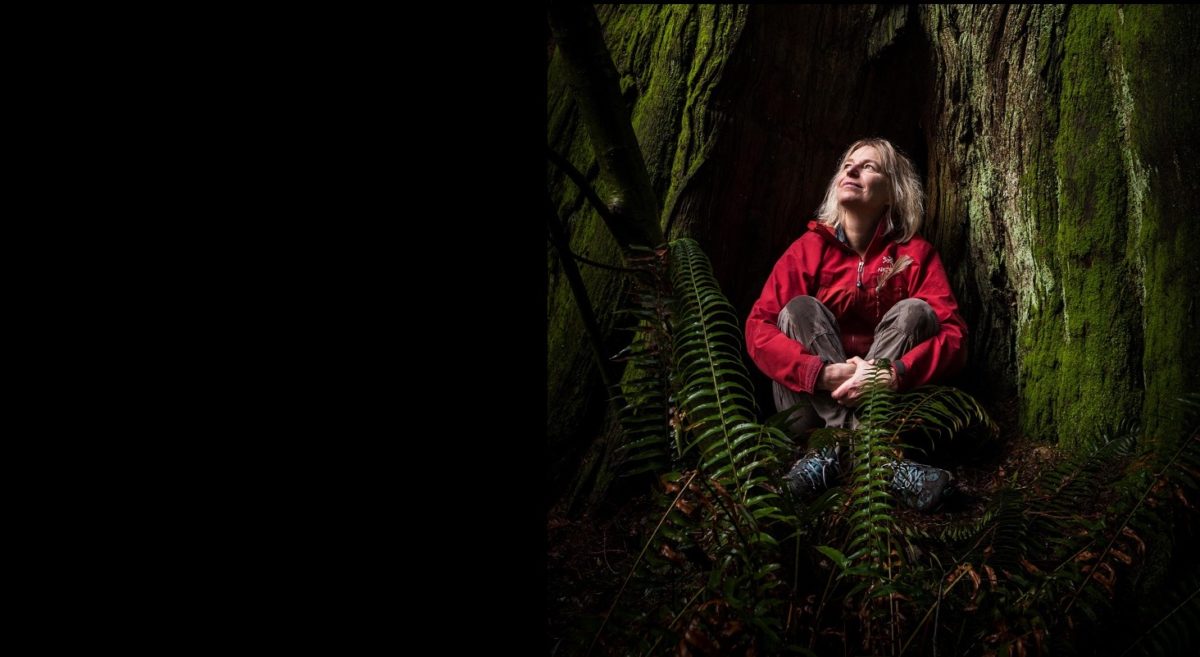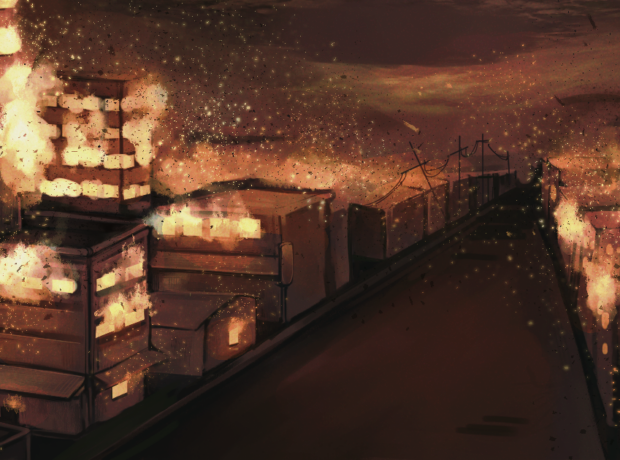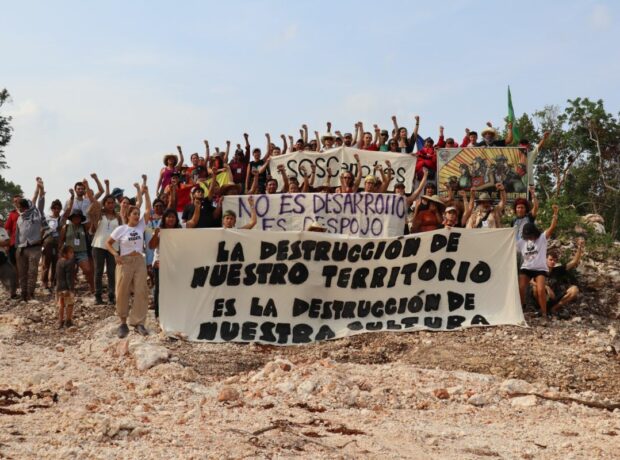In this podcast interview, ecologist Suzanne Simard recalls her childhood in the forests of British Colombia and her painstaking research to reveal the “wood wide web” connecting the trees. Her pioneering work inspired James Cameron’s Avatar and Richard Powers’ Pulitzer prize-winning The Overstory. Here, she speaks to Adam Weymouth about entering the male-dominated world of scientific research, challenging Darwin’s theories and eating dirt.
“Trees and plants have agency. They perceive, relate and communicate; they exercise various behaviours. They cooperate, make decisions, learn and remember.”
As a child, Suzanne Simard loved soil so much she ate it; her mother was regularly worming her.
She was raised in the Canadian northwest, in the shadow of Simard Mountain, named after her Québécois great-grandparents who had pioneered the land. She is from a long line of loggers and had watched as the selective cutting of her grandparents’ generation morphed into the vast clear-cuts of today.
In her twenties she took a job with the forestry service. And it was early in her career, checking on a plantation recently seeded with spruce, that she found every seedling to be yellowed and withering.
The prevailing wisdom was to uproot or poison anything that was not the intended crop, removing all competition so that the spruce could thrive. But these trees were dying. It did not make sense. And so began Simard’s 40-year hunt to prove a hunch: that forests yearned to cooperate, not compete.
Experiments in forestry take time; they conclude long beyond the lifespan of the researcher. But gradually Simard uncovered the secrets of the forest.
She found that individual trees, both of the same and different species, are bound together in the soil by mycelia of fungi. And through those networks, those trees assist each other.
Old trees with deep roots bring up water for the seedlings. In the summer spruce pass their excess carbon to the birch, and in the spring and autumn the birch return the favour. Trees infested with parasites will warn their neighbours to prepare their defences. And as the old trees of the forest, the Mother Trees, die, they hand down their nutrients not only to their kin, but to trees and species unrelated to them.
From early experiments during her years working in the logging industry, trying to understand why saplings withered when the forest around them was cleared of other trees and plants, Simard slowly unearthed the deep web of connection that existed beneath the forest floor. Trees share nutrients, water, and information, not just with their own offspring or species, but with other members of the forest community as well.
At the centres of these networks are the so-called Mother Trees, often hundreds of years old, the hubs that hold the rest of the forest together. She describes the forests as not unlike our own neural networks, a multiplicity of pathways, synapses firing, chemicals identical to our own neurotransmitters, a creation of something not unlike a mind.
In this wide-ranging conversation (listen above), we discuss her life and work. We talk about why it took science so long to accept her findings, and why we have been deaf to nature’s complexity and cooperation until now. Her findings have vast ramifications for how we think about the world and our place within it.
As her book draws to a close, Simard’s 18-year-old niece turns to her and asks in desperation: “Why it has taken so long for everyone to understand this?”
Can we listen, before it’s too late?
Find out more here.
Listen and subscribe to Spoken Earth here.
Main image of Suzanne Simard by Diana Markosian.



